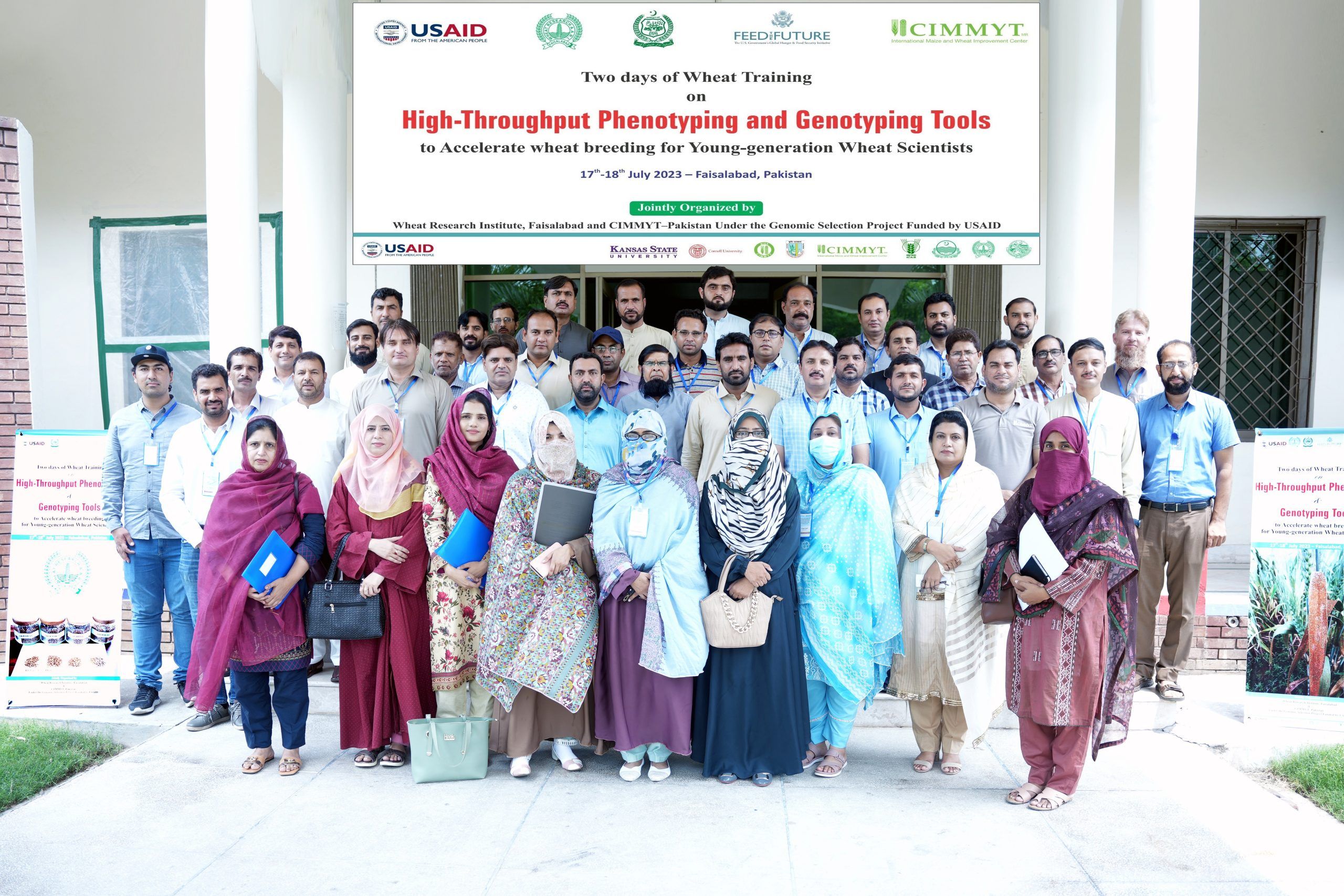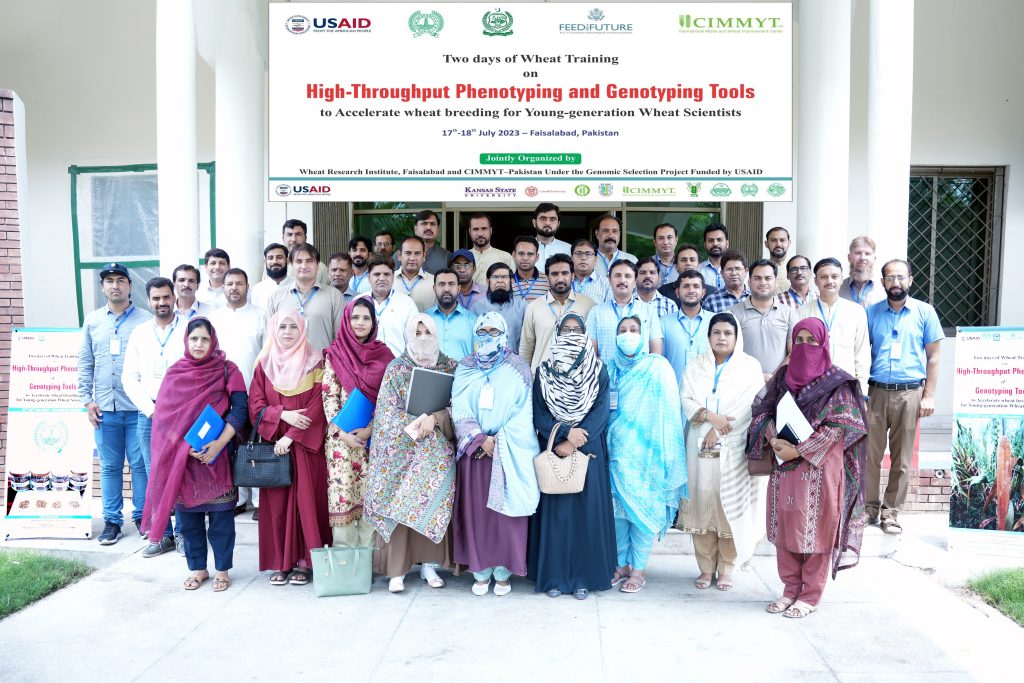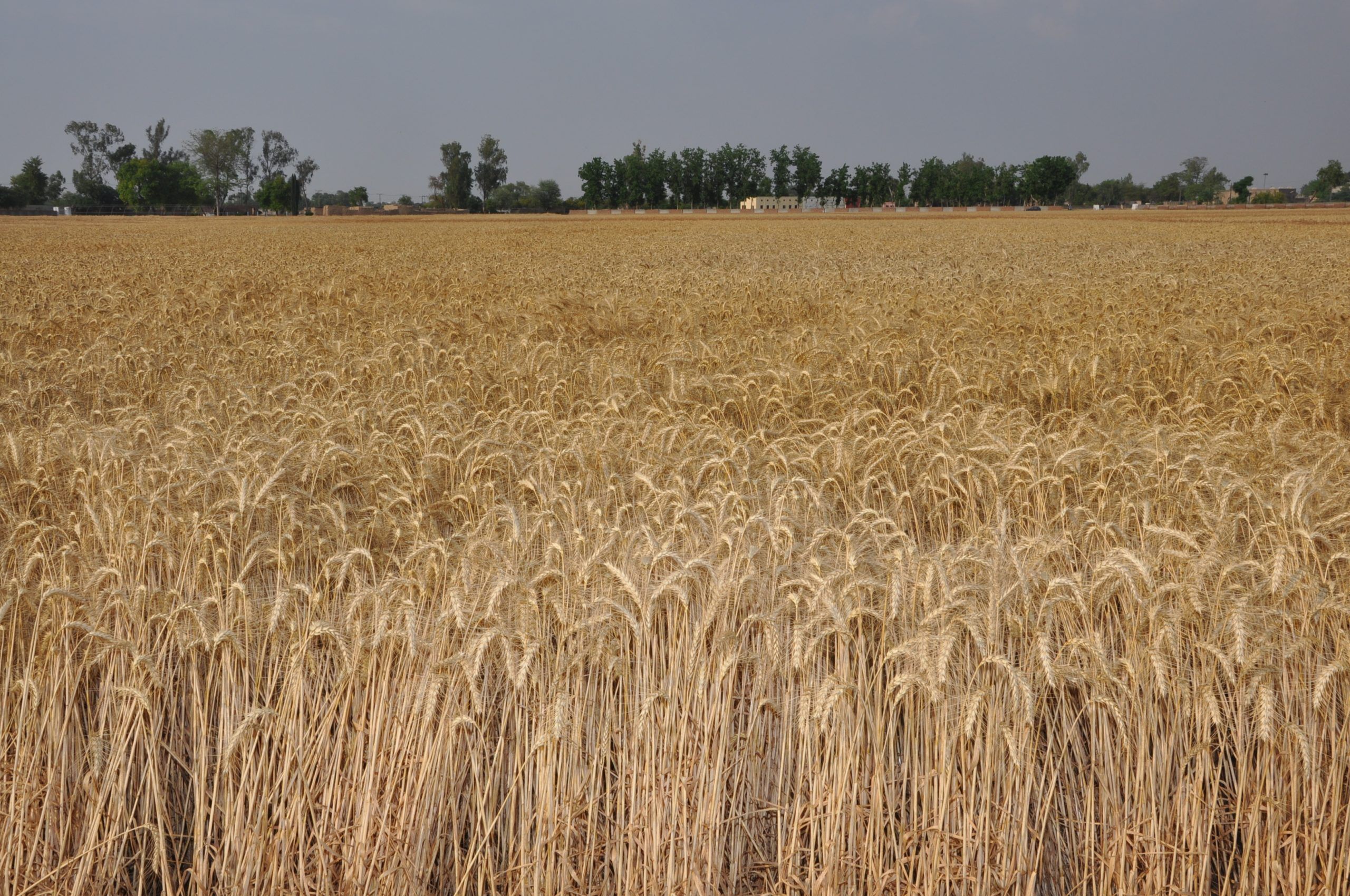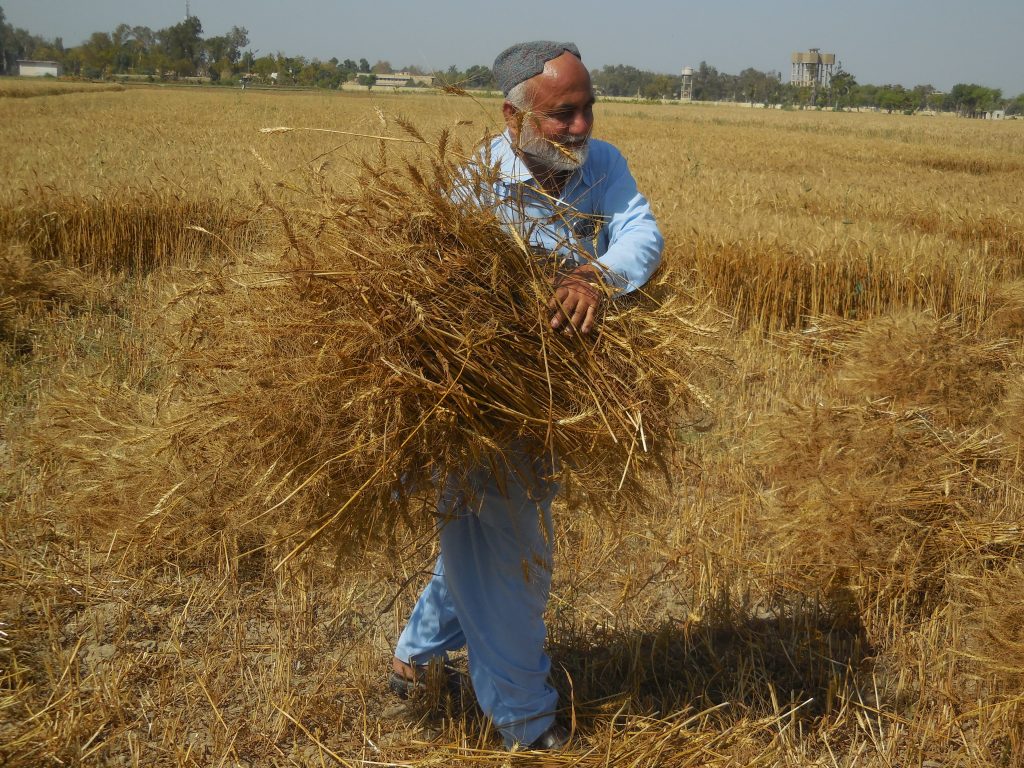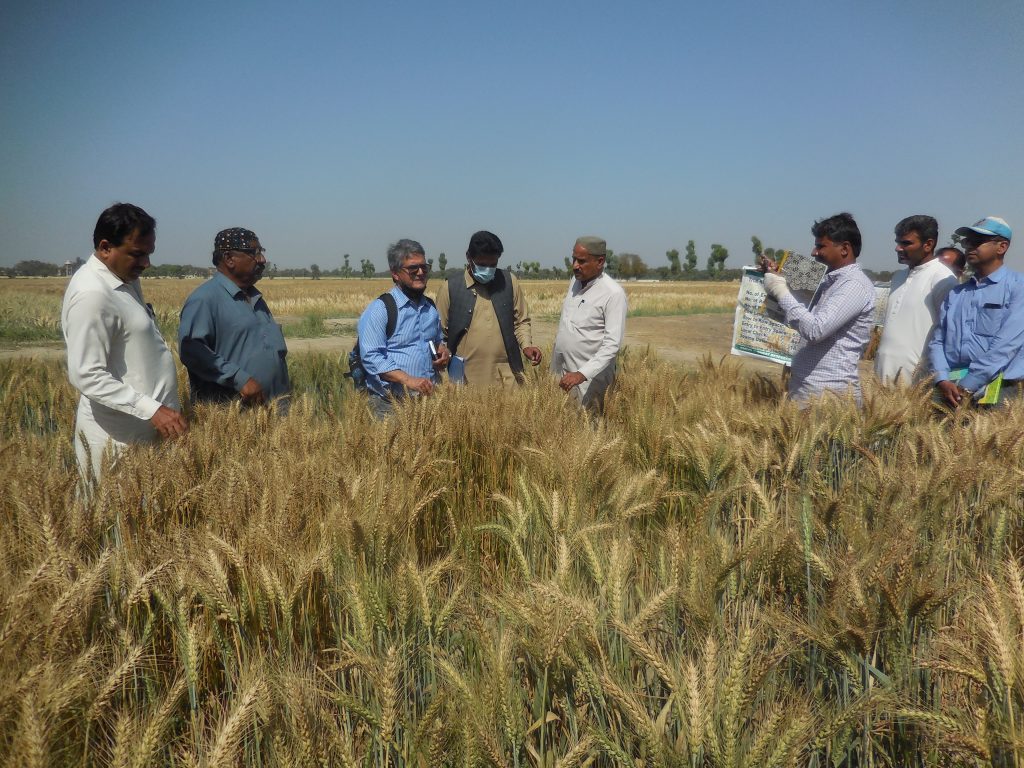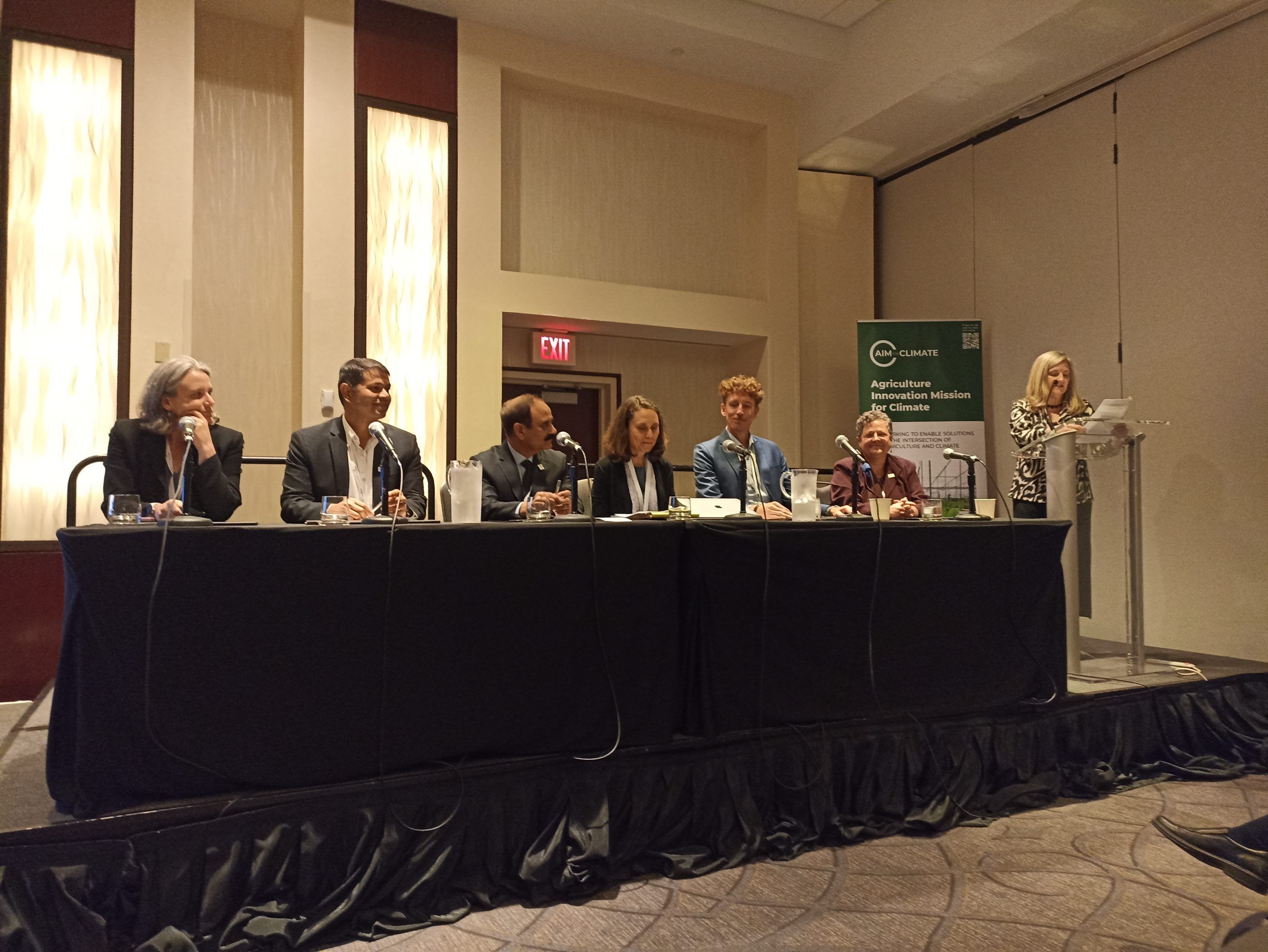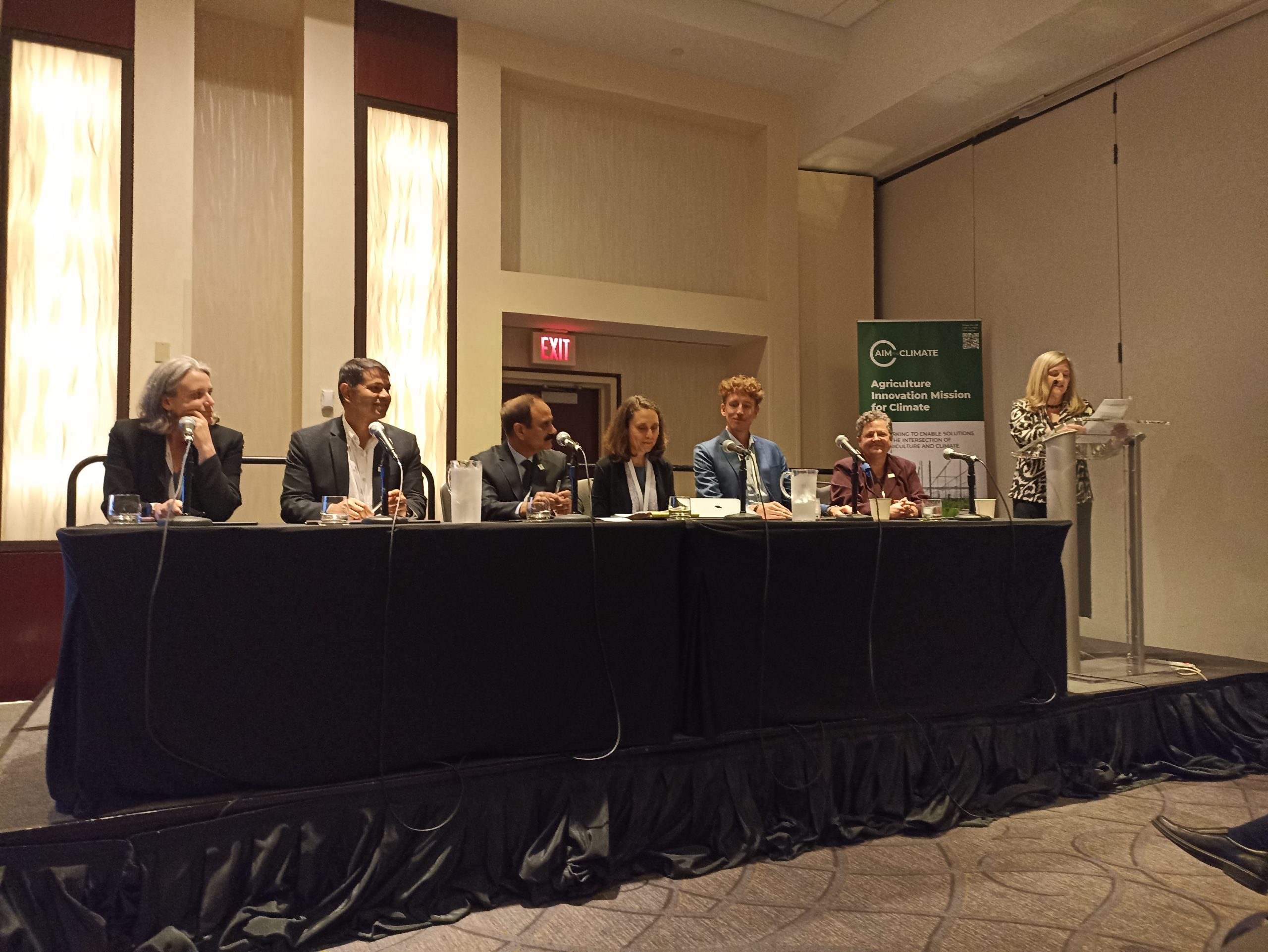After a decade of rigorous effort, CIMMYT, along with public-sector maize research institutes and private-sector seed companies in South Asia, have successfully developed and released 20 high-yielding heat-tolerant (HT) maize hybrids across Bangladesh, Bhutan, India, Nepal, and Pakistan. CIMMYT researchers used a combination of unique breeding tools and methods including genomics-assisted breeding, doubled haploidy (a speed-breeding approach where genotype is developed by chromosome doubling), field-based precision phenotyping, and trait-based selection to develop new maize germplasm that are high-yielding and also tolerant to heat and drought stresses.
While the first batch of five HT maize hybrids were released in 2017, by 2022 another 20 elite HT hybrids were released and eight varieties are deployed over 50,000 ha in the above countries.
In South Asia, maize is mainly grown as a rainfed crop and provides livelihoods for millions of smallholder farmers. Climate change-induced variability in weather conditions is one of the major reasons for year-to-year variation in global crop yields, including maize in Asia. It places at risk the food security and livelihood of farm families living in the stress-vulnerable lowland tropics. “South Asia is highly vulnerable to the detrimental effects of climate change, with its high population density, poverty, and low capacity to adapt. The region has been identified as one of the hotspots for climate change fueled by extreme events such as heat waves and intermittent droughts,” said Pervez H. Zaidi, principal scientist at CIMMYT.
Heat stress impairs the vegetative and reproductive growth of maize, starting from germination to grain filling. Heat stress alone, or in combination with drought, is projected to become a major production constraint for maize in the future. “If current trends persist until 2050, major food yields and food production capacity of South Asia will decrease significantly—by 17 percent for maize—due to climate change-induced heat and water stress,” explained Zaidi.
From breeding to improved seed delivery–the CIMMYT intervention
In the past, breeding for heat stress tolerance in maize was not accorded as high a priority in tropical maize breeding programs as other abiotic stresses such as drought, waterlogging, and low nitrogen in soil. However, in the last 12–15 years, heat stress tolerance has emerged as one of the key traits for CIMMYT’s maize breeding program, especially in the South Asian tropics. The two major factors behind this are increased frequency of weather extremes, including heat waves with prolonged dry period, and increasing demand for growing maize grain year-round.
At CIMMYT, systematic breeding for HT maize was initiated under Heat Stress Tolerant Maize for Asia (HTMA), a project funded by the United States Agency for International Development (USAID) Feed the Future program. The project was launched in 2013 in a public–private alliance mode, in collaboration with public-sector maize research institutions and private seed companies in Bangladesh, Bhutan, India, Nepal, and Pakistan.
The project leveraged the germplasm base and technical expertise of CIMMYT in breeding for abiotic stress tolerance, coupled with the research capacity and expertise of the partners. An array of activities was undertaken, including genetic dissection of traits associated with heat stress tolerance, development of new HT maize germplasm and experimental hybrids, evaluation of the improved hybrids across target populations of environments using a heat stress phenotyping network in South Asia, selection of elite maize hybrids for deployment, and finally scaling via public–private partnerships.
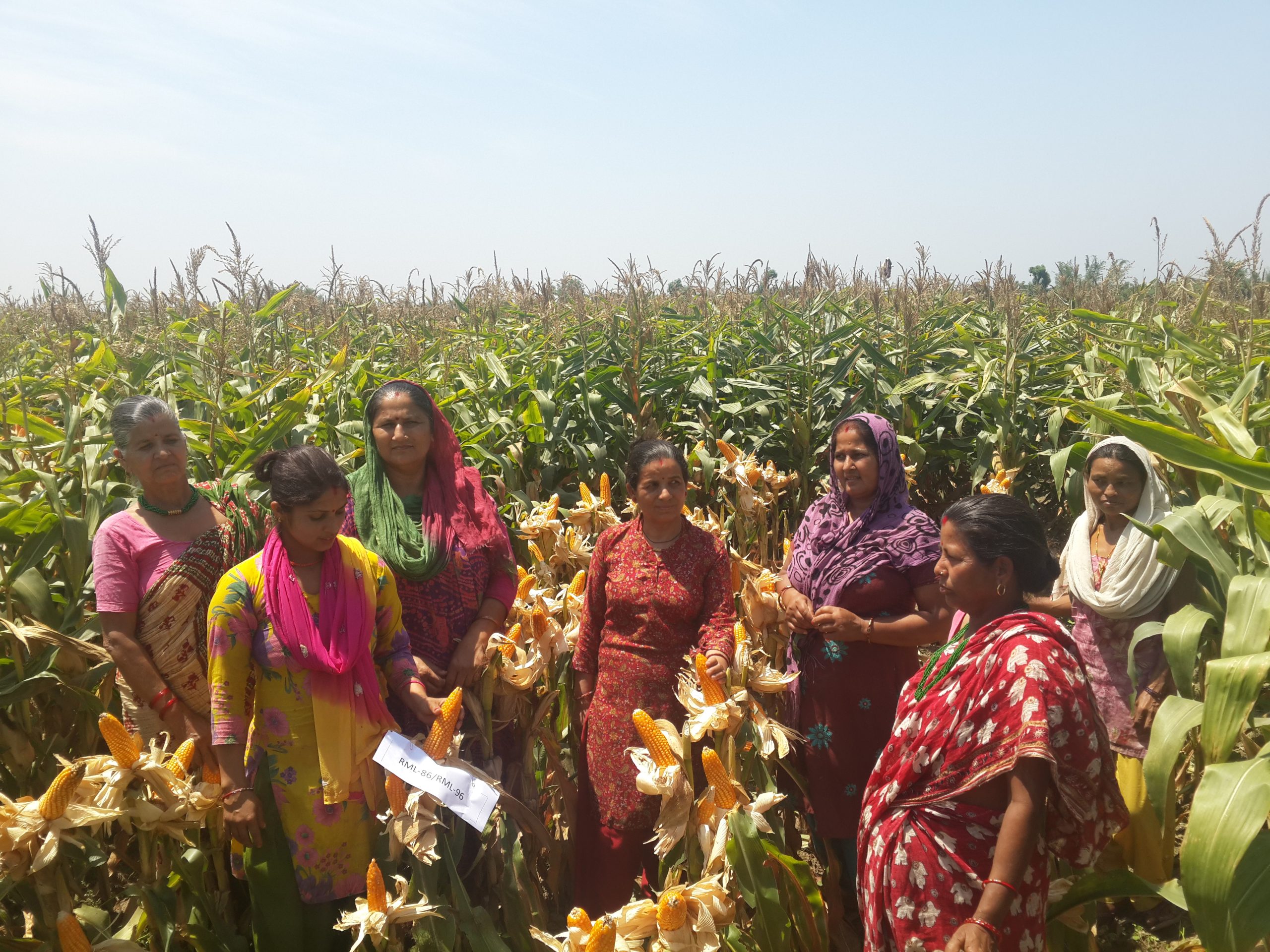 Delivery of HT maize hybrids to smallholder farmers in South Asia
Delivery of HT maize hybrids to smallholder farmers in South Asia
After extensive testing and simultaneous assessment of hybrid seed production and other traits for commercial viability, the selected hybrids were officially released or registered for commercialization. Impact assessment of HT maize hybrid seed was conducted in targeted areas in India and Nepal. Studies showed farmers who adopted the HT varieties experienced significant gains under less-favorable weather conditions compared to farmers who did not.
Under favorable conditions the yield was on par with those of other hybrids. It was also demonstrated that HT hybrids provide guaranteed minimum yield (approx. 1 t ha-1) under hot, dry unfavorable weather conditions. Adoption of new HT hybrids was comparatively high (19.5%) in women-headed households mainly because of the “stay-green” trait that provides green fodder in addition to grain yield, as women in these areas are largely responsible for arranging fodder for their livestock.
“Smallholder farmers who grow maize in stress vulnerable ecologies in the Tarai region of Nepal and Karnataka state in southern India expressed willingness to pay a premium price for HT hybrid seed compared to seed of other available hybrids in their areas,” said Atul Kulkarni, socioeconomist at CIMMYT in India.
Going forward–positioning and promoting the new hybrids are critical
A simulation study suggested that the use of HT varieties could reduce yield loss (relative to current maize varieties) by up to 36% and 93% by 2030 and by 33% and 86% by 2050 under irrigated and rainfed conditions respectively. CIMMYT’s work in South Asia demonstrates that combining high yields and heat-stress tolerance is difficult, but not impossible, if one adopts a systematic and targeted breeding strategy.
The present registration system in many countries does not adequately recognize the relevance of climate-resilience traits and the yield stability of new hybrids. With year-to-year variation in maize productivity due to weather extremes, yield stability is emerging as an important trait. It should become an integral parameter of the registration and release system.
Positioning and promoting new HT maize hybrids in climate-vulnerable agroecologies requires stronger public–private partnerships for increasing awareness, access, and affordability of HT maize seed to smallholder farmers. It is important to educate farming communities in climate-vulnerable regions that compared to normal hybrids the stress-resilient hybrids are superior under unfavorable conditions and at par with or even superior to the best commercial hybrids under favorable conditions.
For farmers to be able to easily access the new promising hybrids, intensive efforts are needed to develop and strengthen local seed production and value chains involving small-and medium-sized enterprises, farmers’ cooperatives, and public-sector seed enterprises. These combined efforts will lead to wider dissemination of climate-resilient crop varieties to smallholder farmers and ensure global food security.

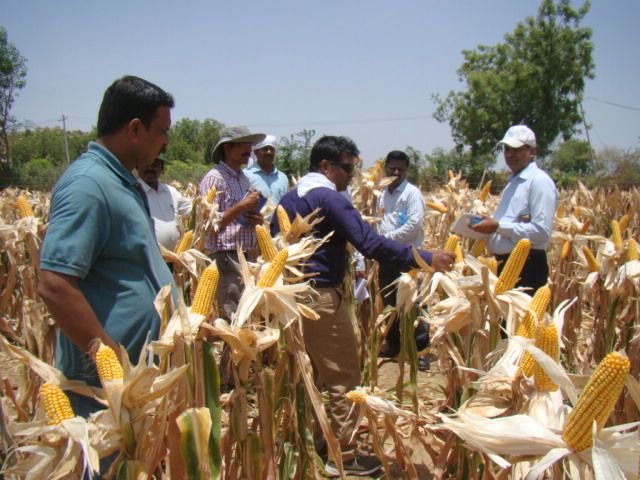
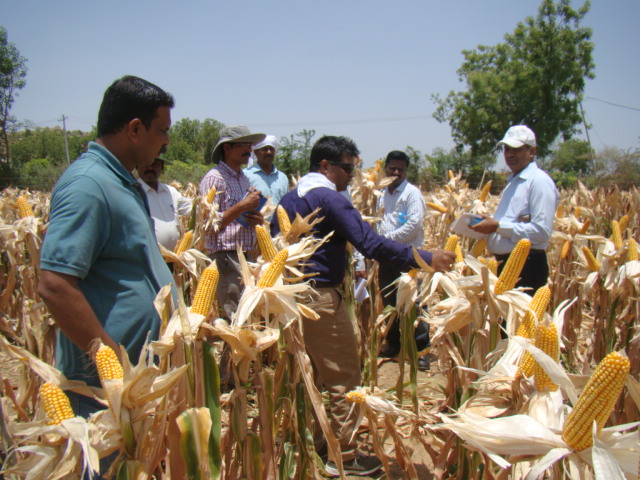
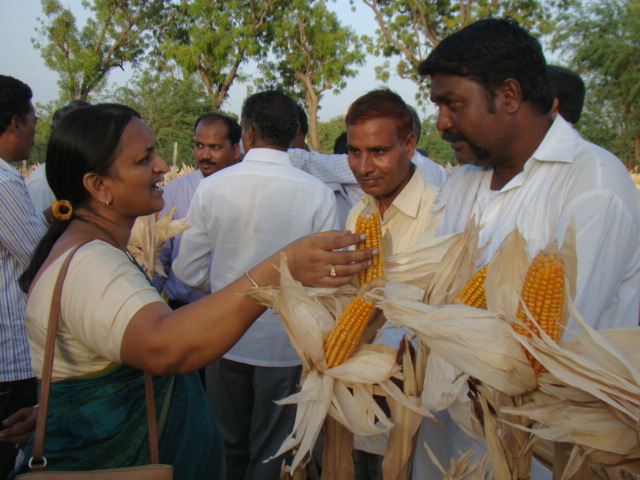
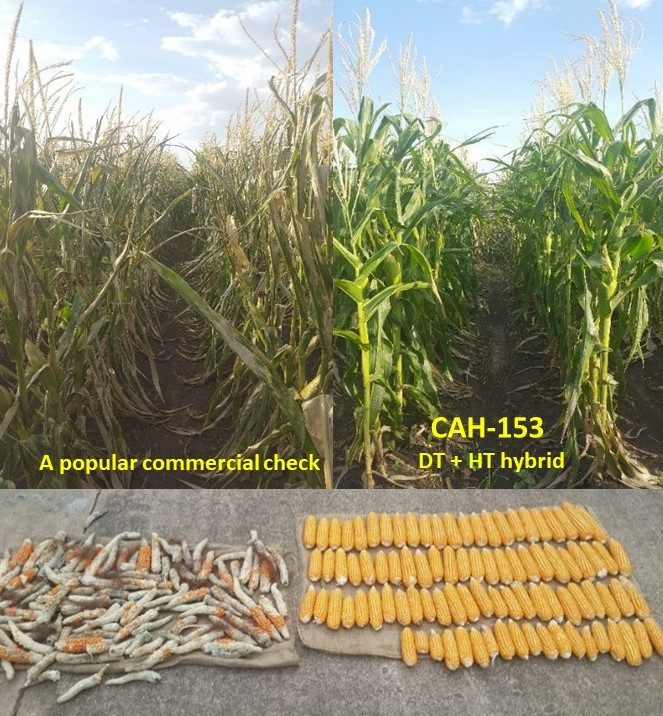
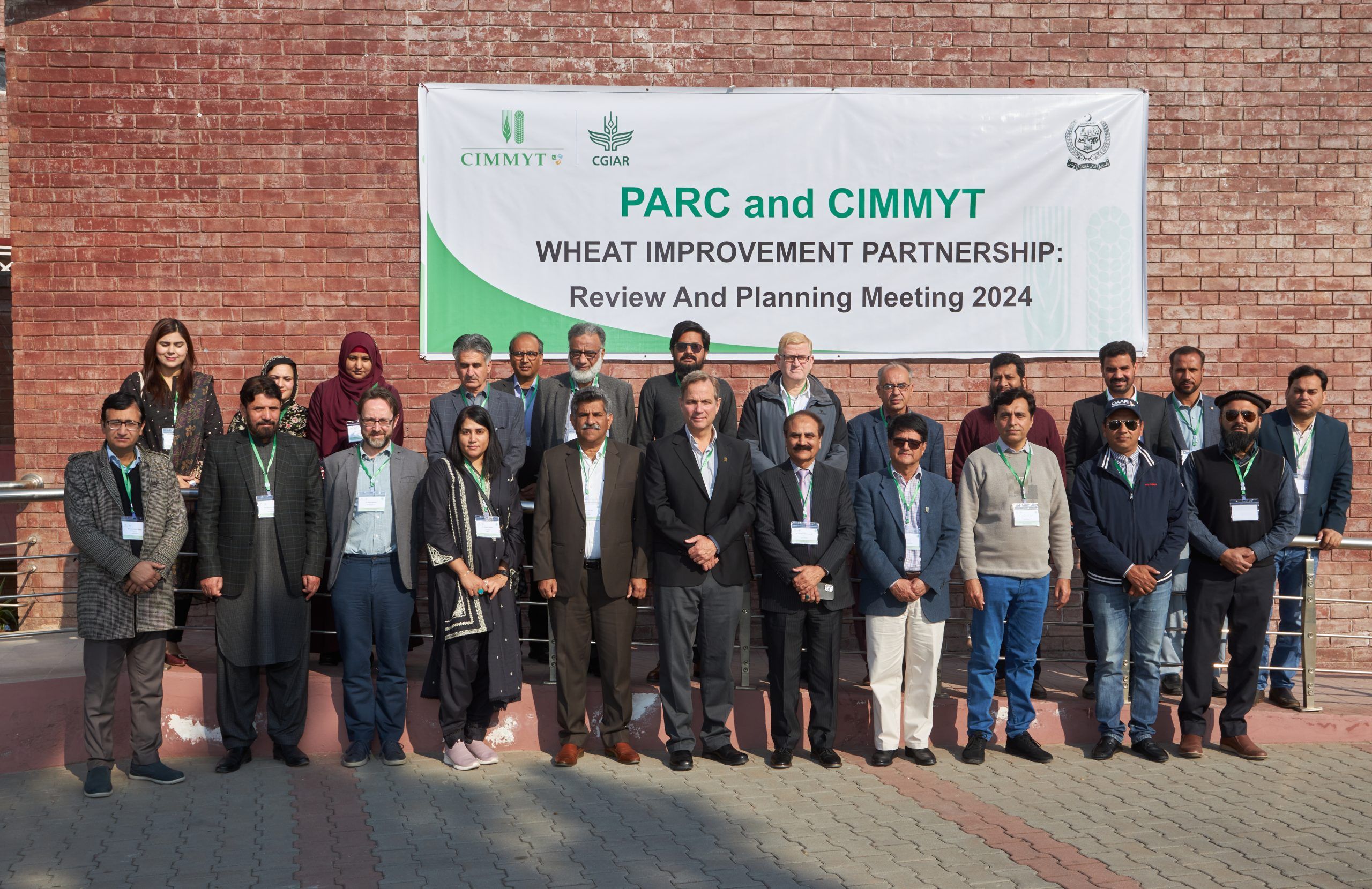
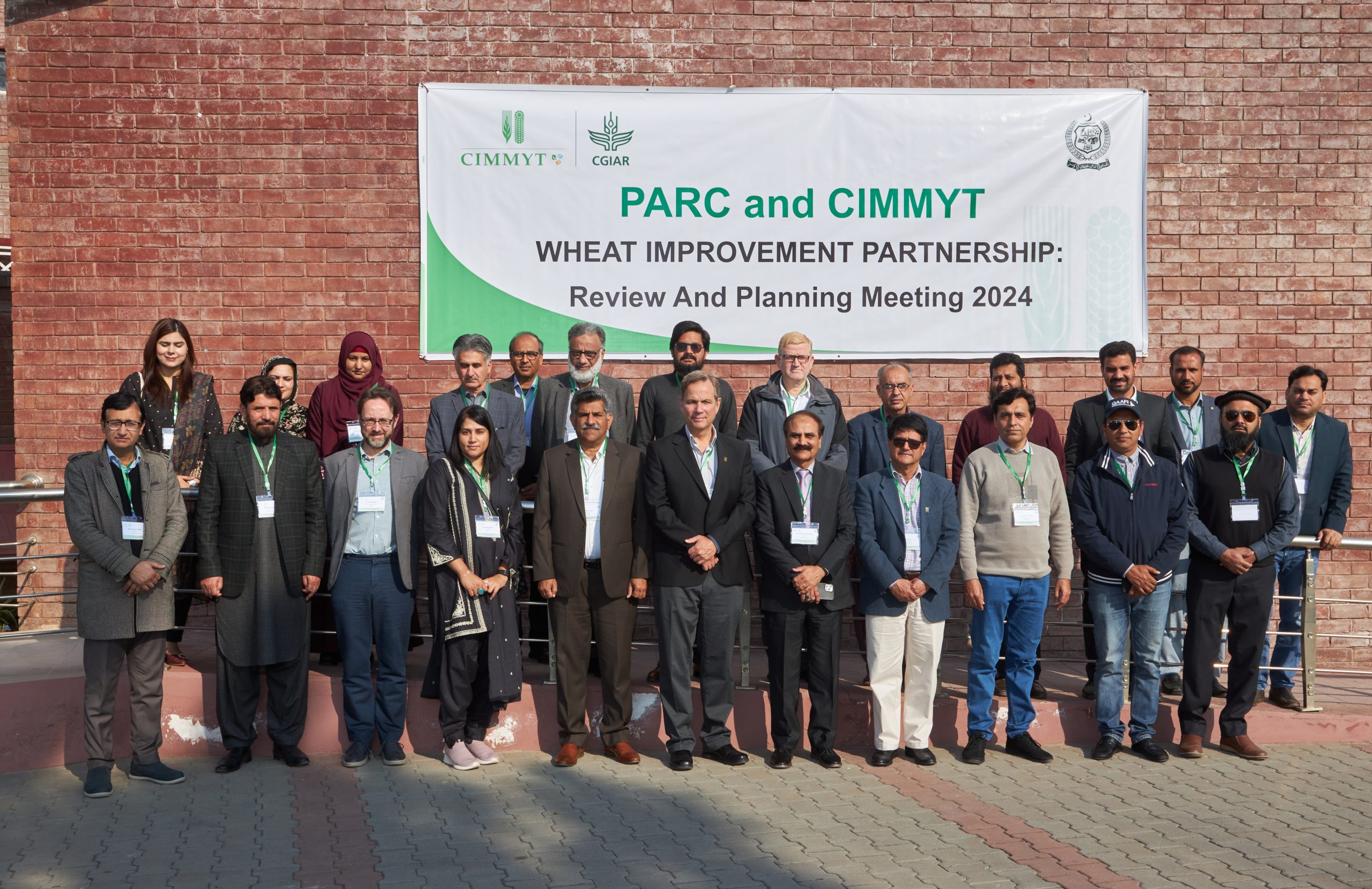
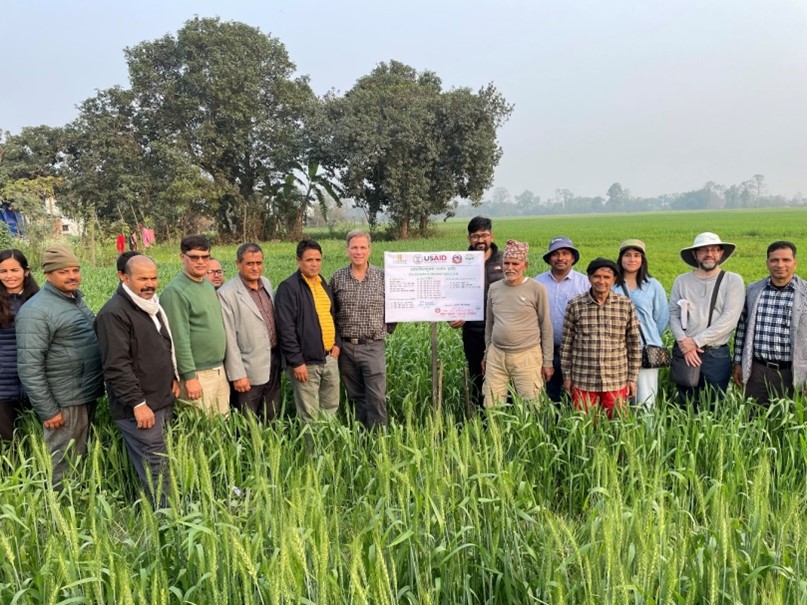


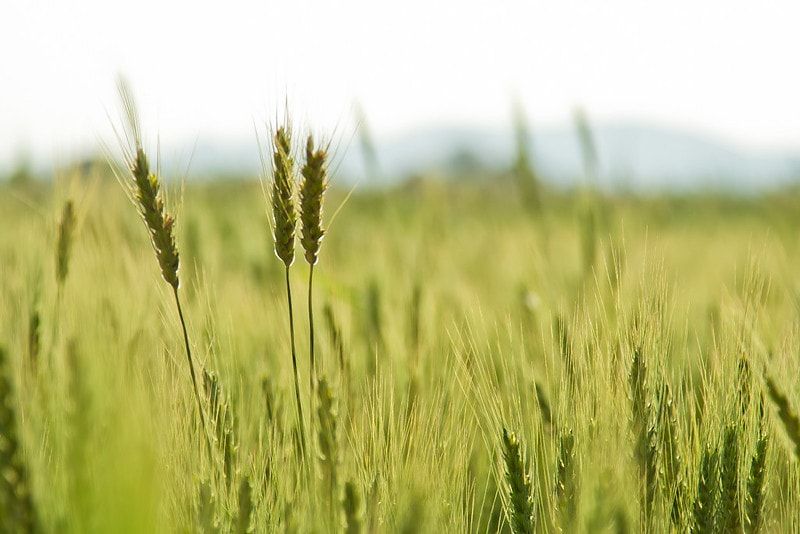
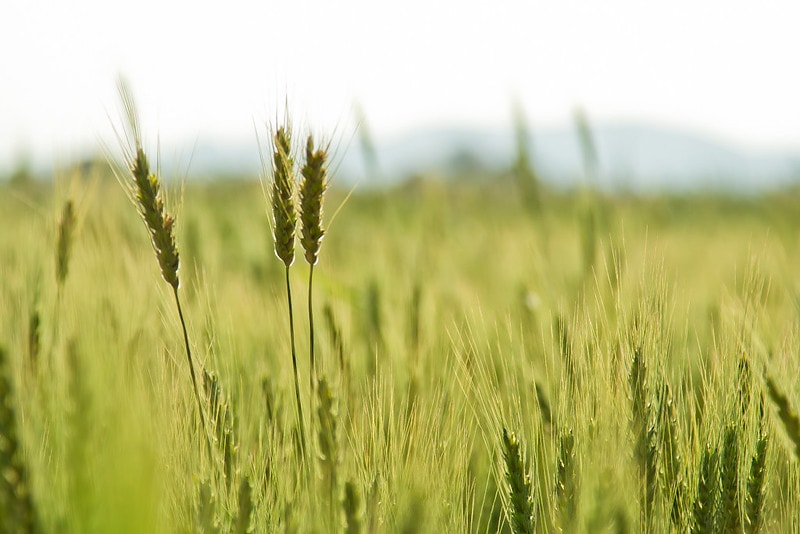
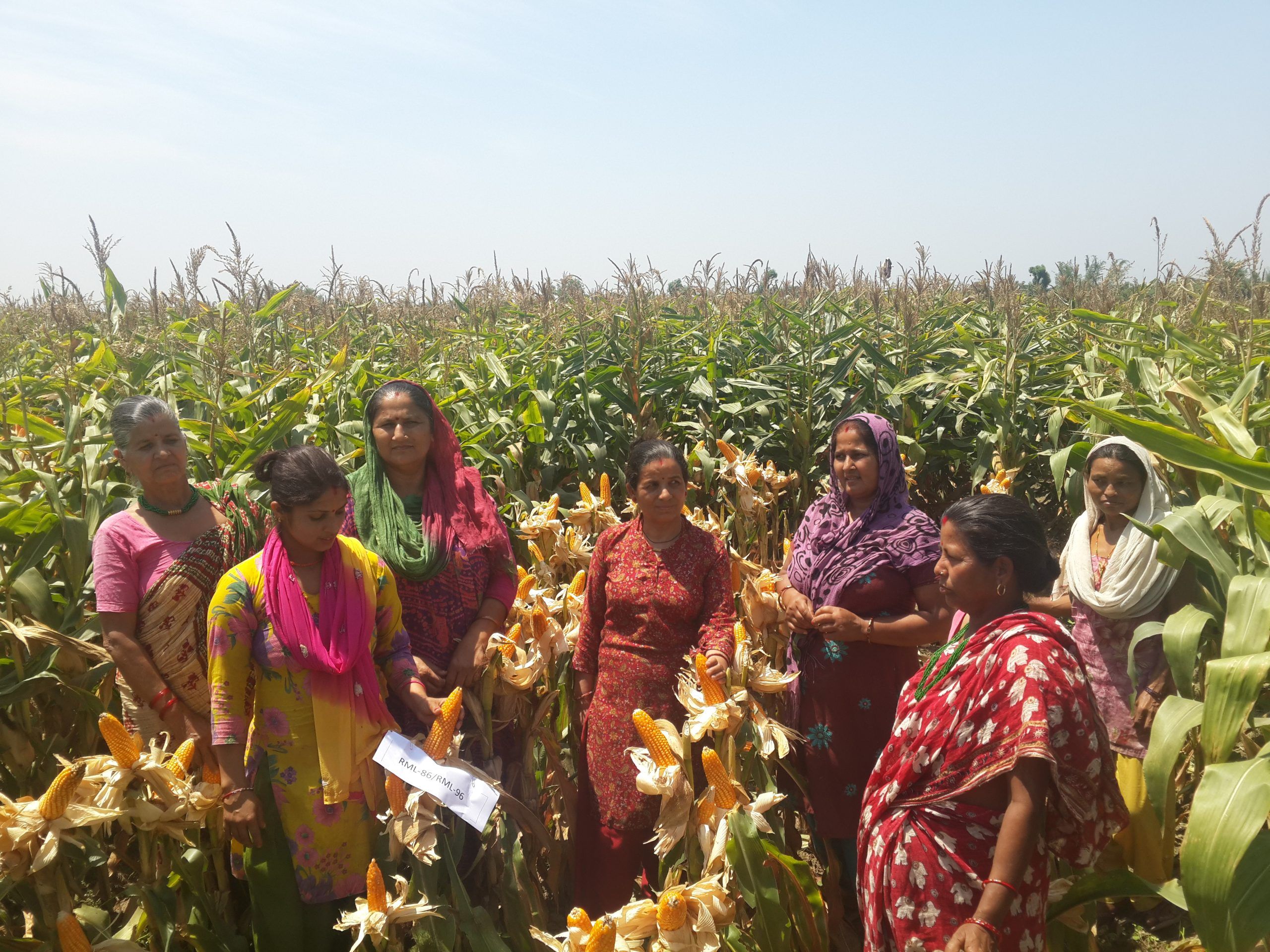
 Delivery of HT maize hybrids to smallholder farmers in South Asia
Delivery of HT maize hybrids to smallholder farmers in South Asia 